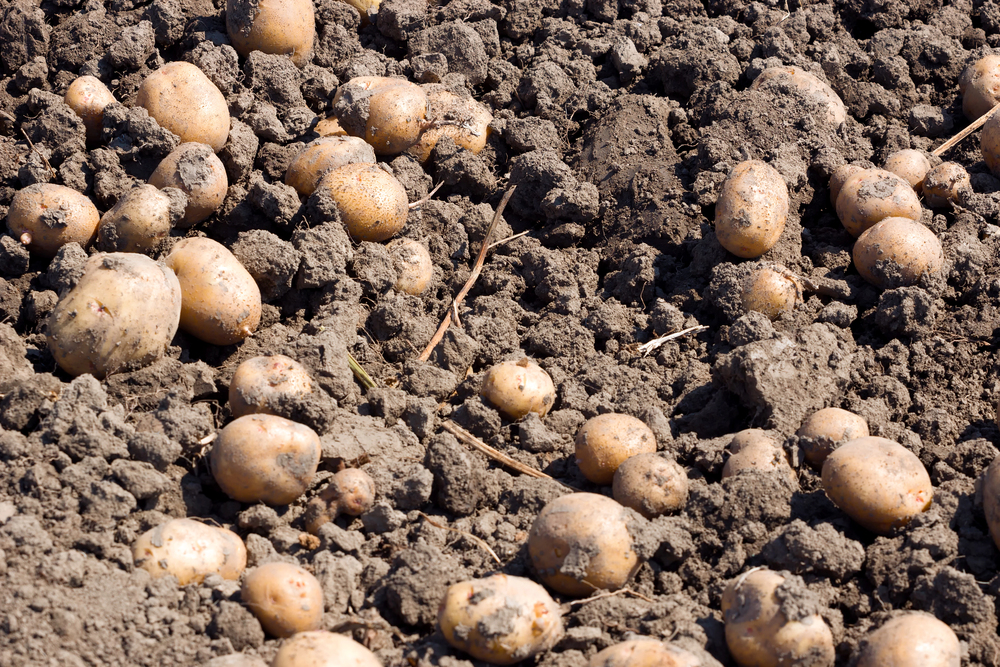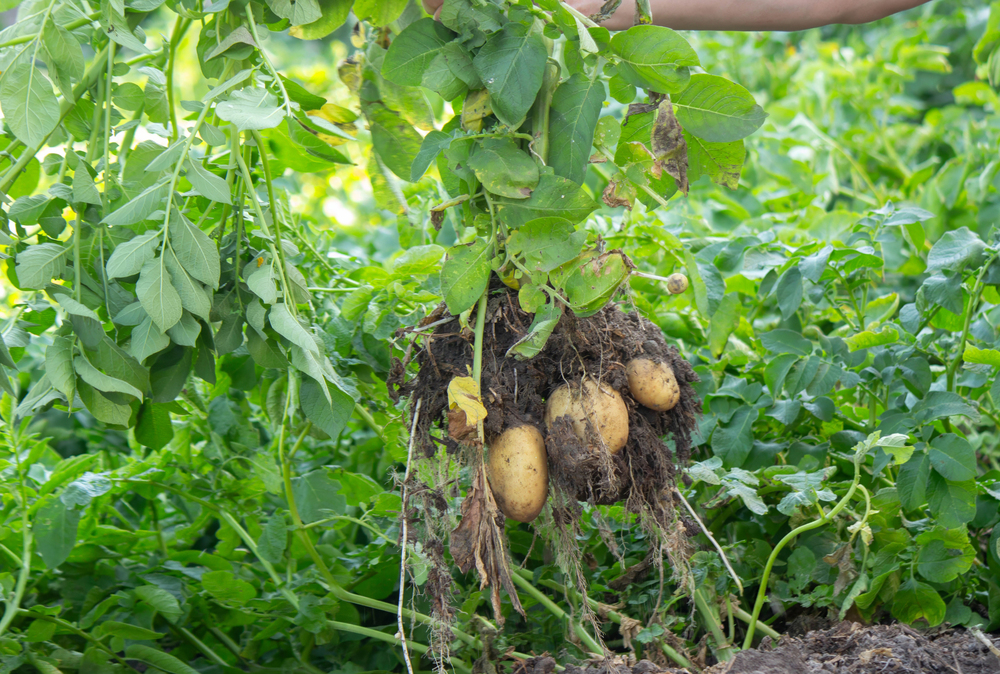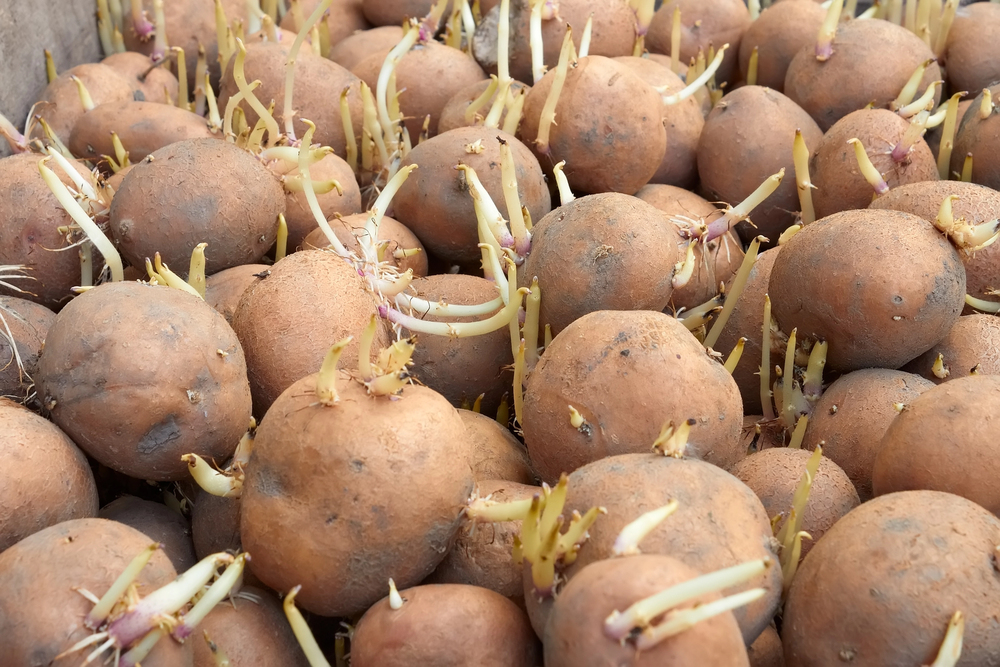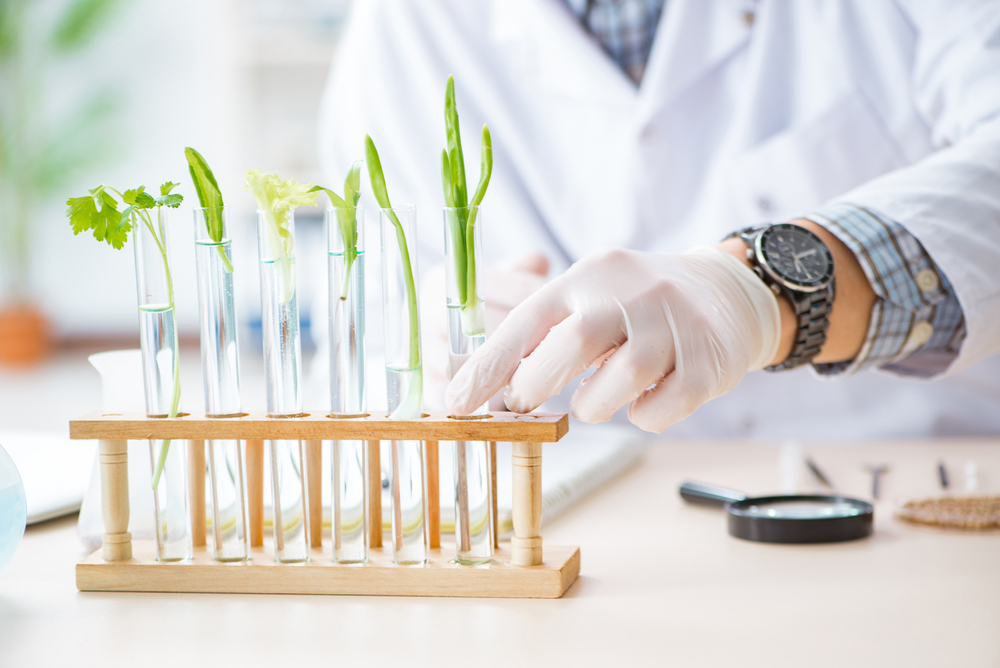
Is the third most valued food crop worldwide a product of some unique, unlikely act of hybridisation some centuries ago? New genomic research uncovers that the lowly potato, topping every meal on earth, originated in a spectacular evolutionary crossroads, a one in which wild tomatoes’ and kin’s gene legacy in South America were blended and compared, forever altering the plant kingdom.

1. The Hybridization That Revolutionized Everything
The tale starts 8 to 9 million years ago, when Tomato and Etuberosum lineage forebears, two distinct groups that diverged from a common ancestor 13–14 million years ago, underwent an involuntary period of hybridization. The hybridization was not merely the mixing of their characteristics; it sparked the formation of a new lineage, Petota, comprising all domesticated potatoes and their 107 wild relatives.

As London research botanist Sandra Knapp at Natural History Museum put it, “From an evolutionary perspective, we had an open [disagreement] in the relations between Tomato, Petota and Etuberosum lineages.” The aha moment was seeing that “it created new combinations of genes in the Petota lineage, which gave rise to tubers, the swollen underground organs that store water and nutrients, which people eat.” Neither parent lineage produced tubers prior to this event, nor have they since.

2. Genomic Sleuthing: Revealing Ancient Hybrids of Plants
In order to crack the evolutionary puzzle, it was crucial to make a quantum leap in phylogenomic approaches. Scientists compared 128 genomes, 101 quality de novo genomes, and 349 re-sequenced diploid potato genomes against sophisticated tools like maximum likelihood phylogenies, sliding window analyses, and ABBA-BABA statistics. The genome information had revealed a “mosaic-like” organization in Petota, an equilibrium blend of DNA from Tomato and Etuberosum, attesting to its hybridity from 128 genomes analysis. Researchers illustrated, “Our functional experiments further confirmed the vital roles of parental genes in tuberization, showing that interspecific hybridization is a driving force behind this innovative trait.”

3. The Genetic Recipe for Tuberization
Two genes, IT1 and SP6A, were central to this evolution. SP6A, from the Tomato line, evolved to provide the necessary instructions when tubers developed. IT1, on the other hand, derived from Etuberosum, was a master regulator of tuber identity. Of particular interest, IT1 (or BRANCHED1b) physically interacts with SP6A to organize the tuberization developmental program. Both tests verified that IT1/BRANCHED1b physically interacts with the mobile inductive signal for tuberization, SP6A, and also has an extremely critical role in tuberization. Hybridization is subsequently able to generate new characters by recombining divergent alleles, and this verifies the complete absence of such genetic synergy in the parental lines.

4. Tuberization: Evolutionary Innovation
Spud-producing potato tubers were no whimsical fancy of nature; they were an evolutionary innovation. Tubers gave potatoes a superior survival strategy through the ability to accumulate water and nutrients underground. Potatoes could now propagate into filling newly emerging, cold, dry Andes mountain environments, a place of intense geologic activity, when they did. As Knapp had identified, hybridization “led to mixing of genes so that the resulting lineage produced tubers, enabling these plants to colonize the newly available cold, dry habitats of the emerging Andes mountain chain.” Not only did this invention open up the geographical diversification of potatoes, but it also unleashed a wave of species diversification.

5. Phylogenomic Tools: Resolving Hybridization from Lineage Sorting
This research was made possible with the utilization of extremely powerful phylogenomic tools that can separate hybridization from incomplete lineage sorting (ILS), both processes creating gene tree discordance. By reconstructing phylogenies involving thousands of genomic windows and utilizing approaches such as D-statistics, scientists were capable of detecting the unique genetic markers of hybridization. As one reviewer had pointed out, “A typical result of phylogenomic analyses is the prevalence of gene tree discordance topologies of allopatric loci will conflict with one another and with the derived species tree.” All of these approaches enable researchers not only to detect ancient hybridization but also to infer when and how it occurred and what its genomic effect was on phylogenomic methods in introgression research.

6. Developmental Genetics and Success in Potatoes
Tuber development in potatoes is a complex interplay of environmental signals, hormonal cues, and genetic control. The SP6A-IT1 interaction is now identified as the central module to initiate the tuber, with SP6A being a mobile signal and IT1 a transcriptional switch. This Petota-specific wiring facilitated asexual reproduction by tubers, facilitating the ecological success and plasticity of the potato, our work reveals to be a major controller of potato tuberization, a new function distinct from that of its tomato and Arabidopsis orthologues.

7. Implications for Crop Evolution and Breeding
The hybrid origin of the potato and its diversification provide a glimpse into how plant hybridization can facilitate evolutionary innovation. The Petota lineage, which now provides the majority of the world’s caloric food, is a testament to the durability of genome mixing. As Sanwen Huang put it, “Evolving a tuber gave potatoes a giant leap in tough environments, propelling an explosion of new species and helping to create the rich diversity of potatoes we enjoy and depend on today.”

Not only do we know more about how this evolved in the history of the crop, but we also have a model for how to unleash genomic technology and hybridization on plant breeding in the future. Potato history is, at its essence, a tale of luck, genetic cleverness, and life’s unforgiving determination to adapt and survive in a shifting world.


